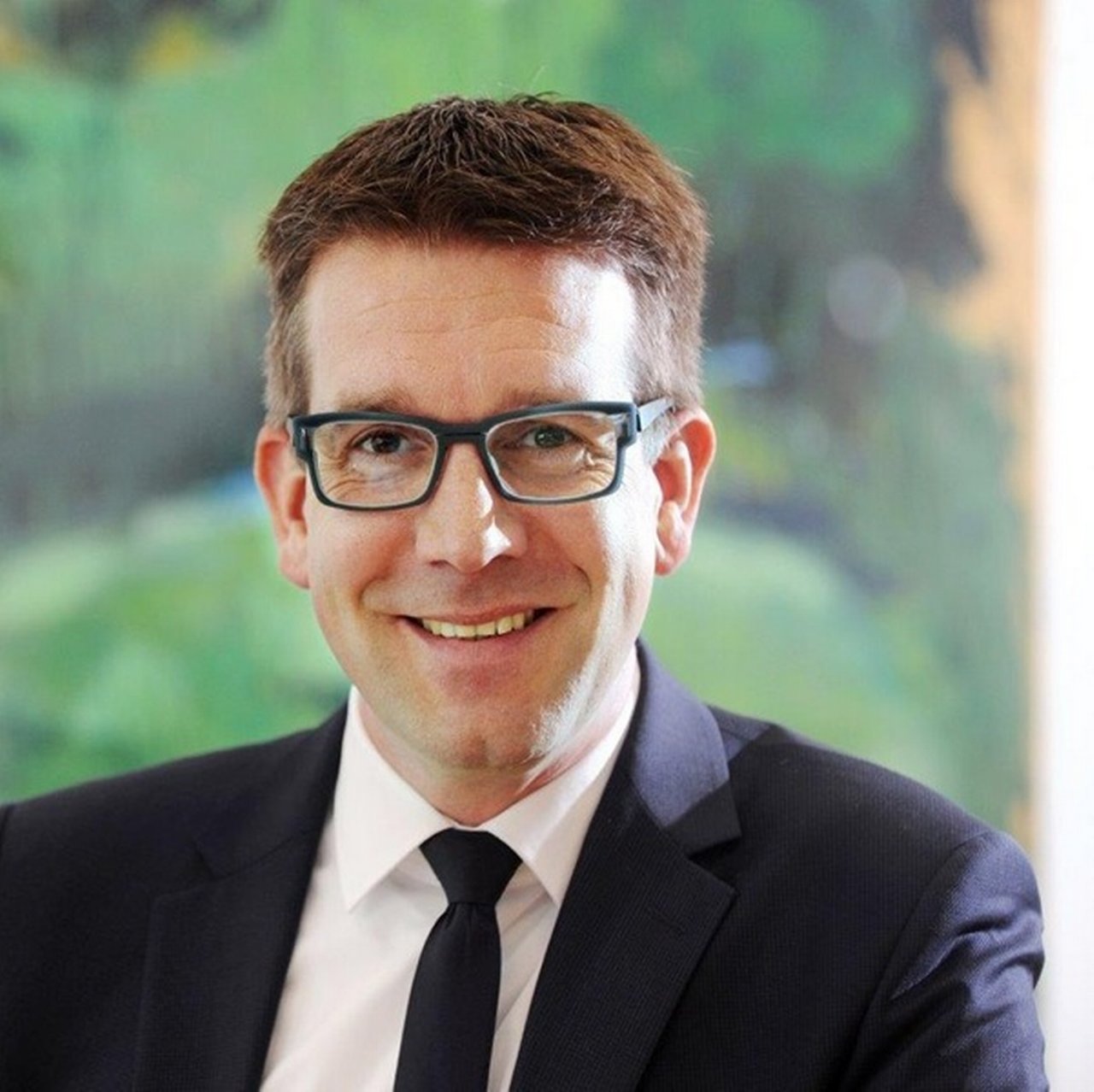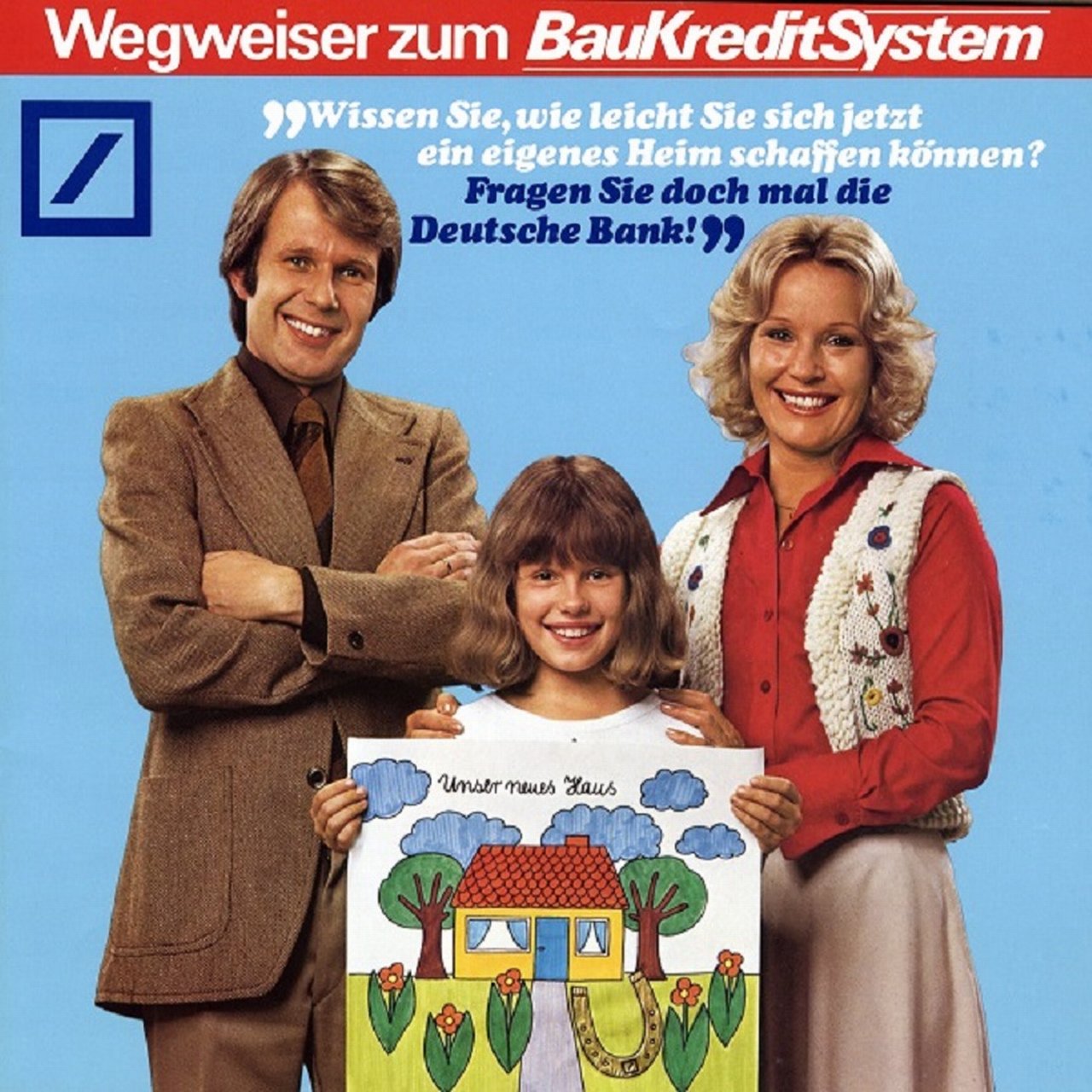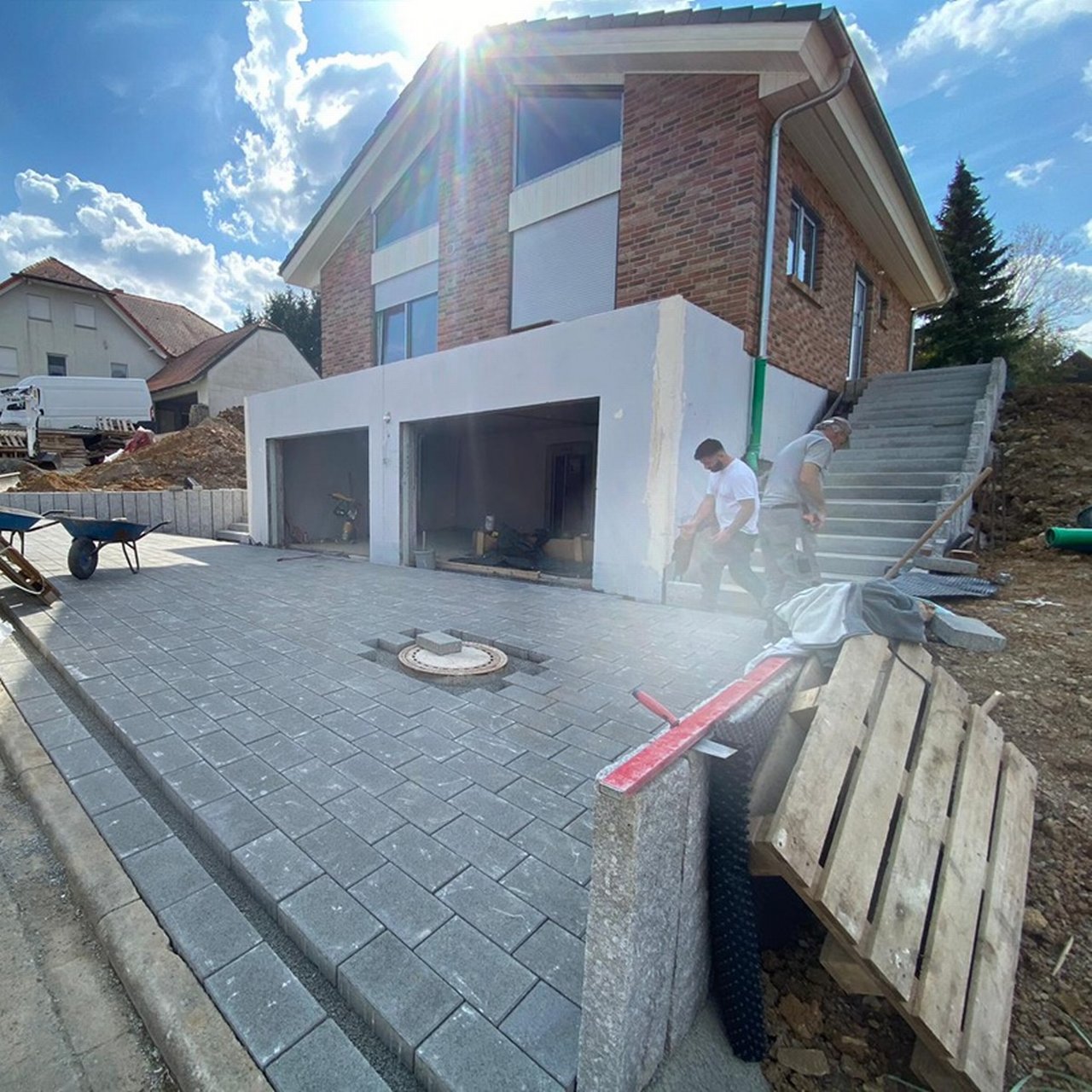
Climate protection starts at home
There are many ways to build and live sustainably: whether it’s using rainwater to shower with, trees to cool living spaces or water-permeable stones instead of concrete. Here are some of the things our employees are doing across the world.
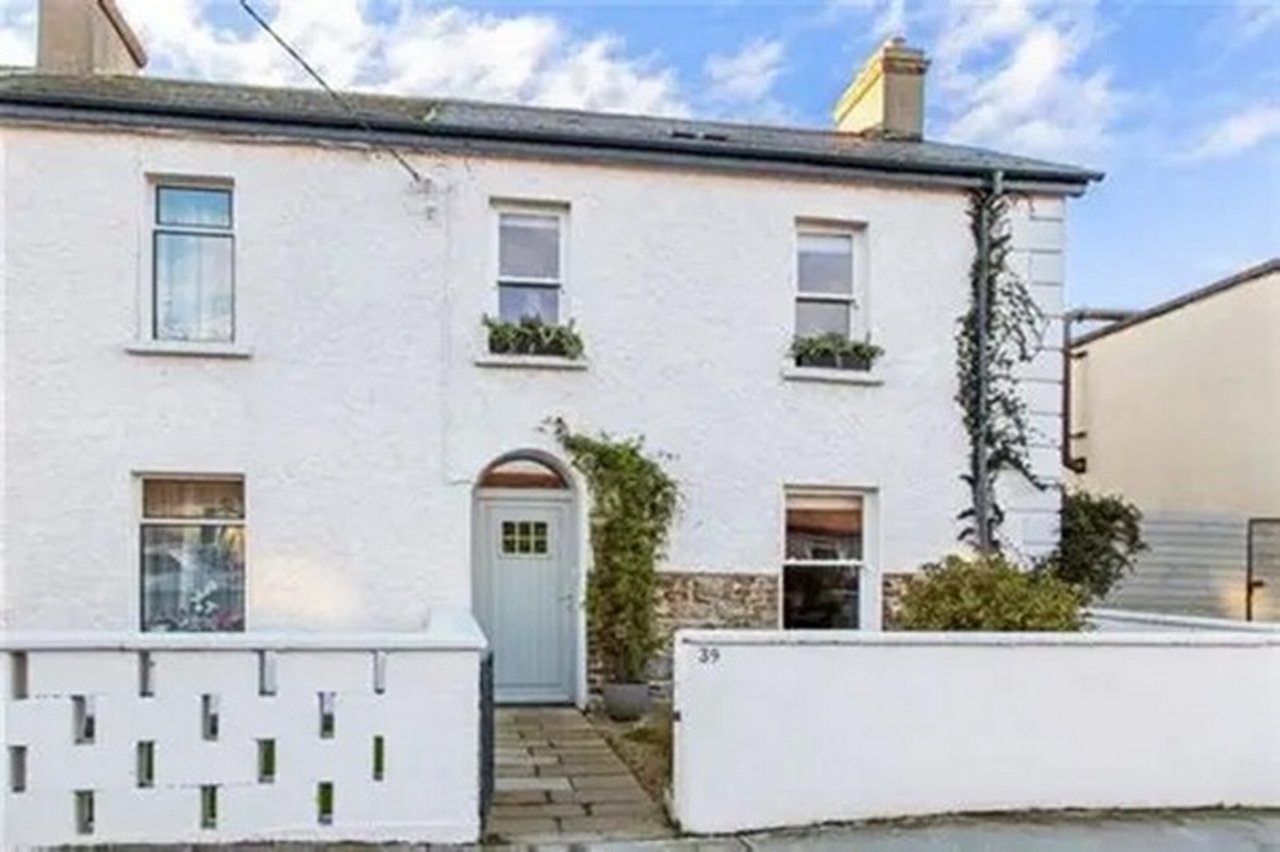
Antoinette Lynch's house
A 200-year-old energy marvel
How old is her house? Antoinette Lynch says it was built sometime in the mid-1800s. She might not know the exact date but our colleague from the Chief Strategy Office in Dublin can roll off a whole load of other facts about her house in her sleep. The walls? Insulated. The old windows and doors? Replaced by new, energy-efficient models. The roof? Covered with solar panels and Antoinette's personal highlight: “In the past two months, my panels have generated and fed back into the grid twice as much energy as I consumed myself – and that in not exactly sun-drenched Ireland!”
The reward for Antoinette's comprehensive renovation: a clear B2 energy rating – the fifth best of 15 building energy categories in Ireland. This has also paid off financially for Antoinette: her good energy rating meant she qualified for a green mortgage, the terms of which are better than a standard mortgage.
Residential buildings emit CO₂
Whether old gems or new builds, the energy condition of the houses we live in has a significant impact on our climate. According to a study by Germany’s Federal Institute for Research on Building, Urban Affairs and Spatial Development, construction and building operations are responsible for one third of all CO₂ emissions in Germany. Annually, this amounts to approximately 400 million tonnes of carbon being released by way of heating buildings, but also as a result of fuel and biofuel production. According to the Federal Environment Agency, space heating alone accounts for about a quarter of a country's total energy consumption – of which 80 percent still comes from fossil fuels.
These facts got many of our employees wondering how they might reduce their ecological footprint, consume less energy, and lower their CO₂ emissions. Some have opened their doors and shared their answers with us – from Frankfurt to Dublin to Bangalore.
We must use green spaces and integrate nature into our lives to protect the environment and feel more comfortable.
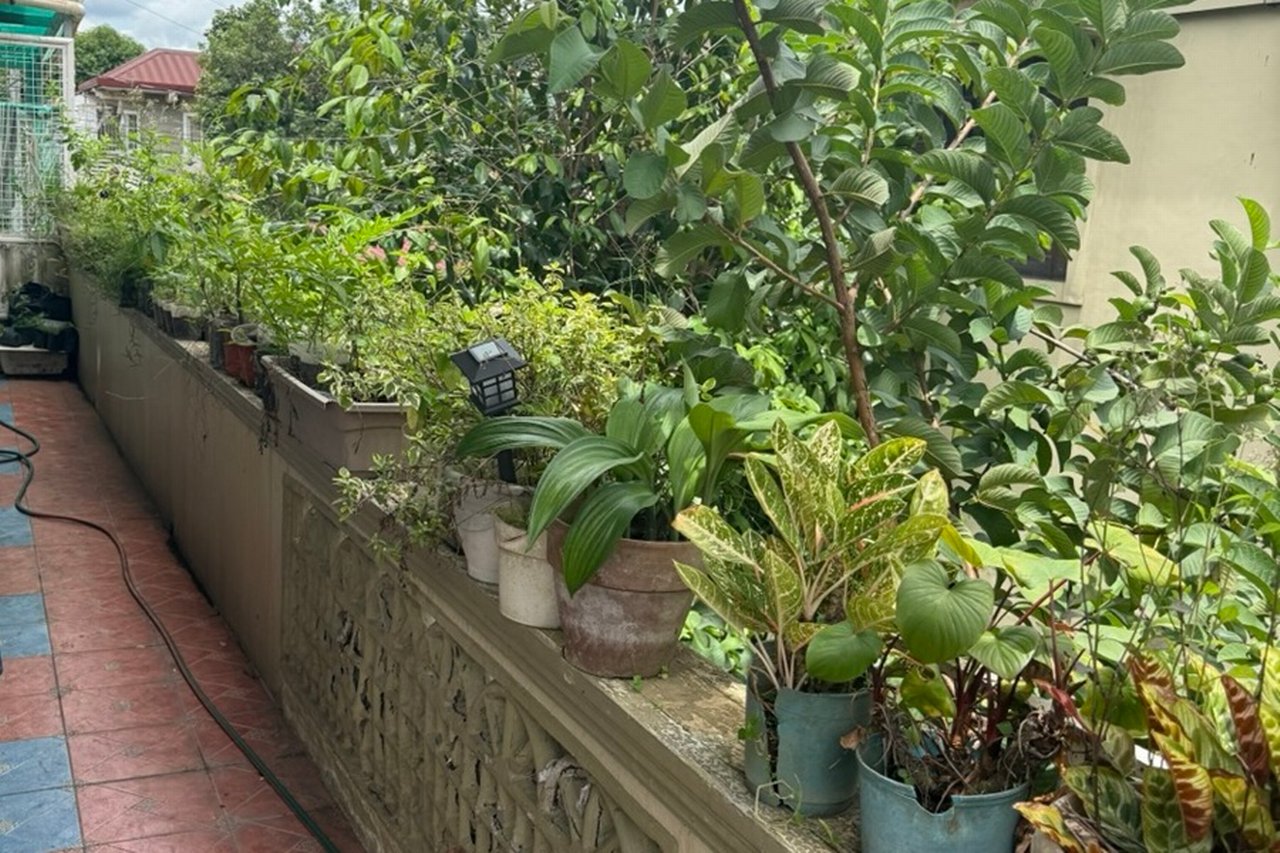
Mikhail Jose-Deo’s green balcony oasis
Trees as natural air conditioning
While Antoinette in Dublin enjoys every ray of sunshine, Mikhail-Jose-Deo Dela-Fuente in the Philippines rather feels the need to protect himself from it naturally. He works in Bonifacio Global City in Taguig’s CBD and lives, about an hour away, in Quezon City. High humidity and temperatures of more than 35 degrees Celsius define his daily life. “We must use green spaces and integrate nature into our lives to protect the environment and feel more comfortable,” says the data governance specialist from the bank’s Technology, Data & Innovation division.
His recipe for coping with the tropical climate: he has planted shrubs and trees around his house. “This provides natural cooling and shade and significantly lowers indoor temperatures.” By doing so, Mikhail also saves electricity that would otherwise be needed for running air conditioning. And he always has fresh fruit within reach – including limes, chilies, eggplants and jackfruit.
Building sustainably costs more at the beginning but saves energy and maintenance costs in the long term.
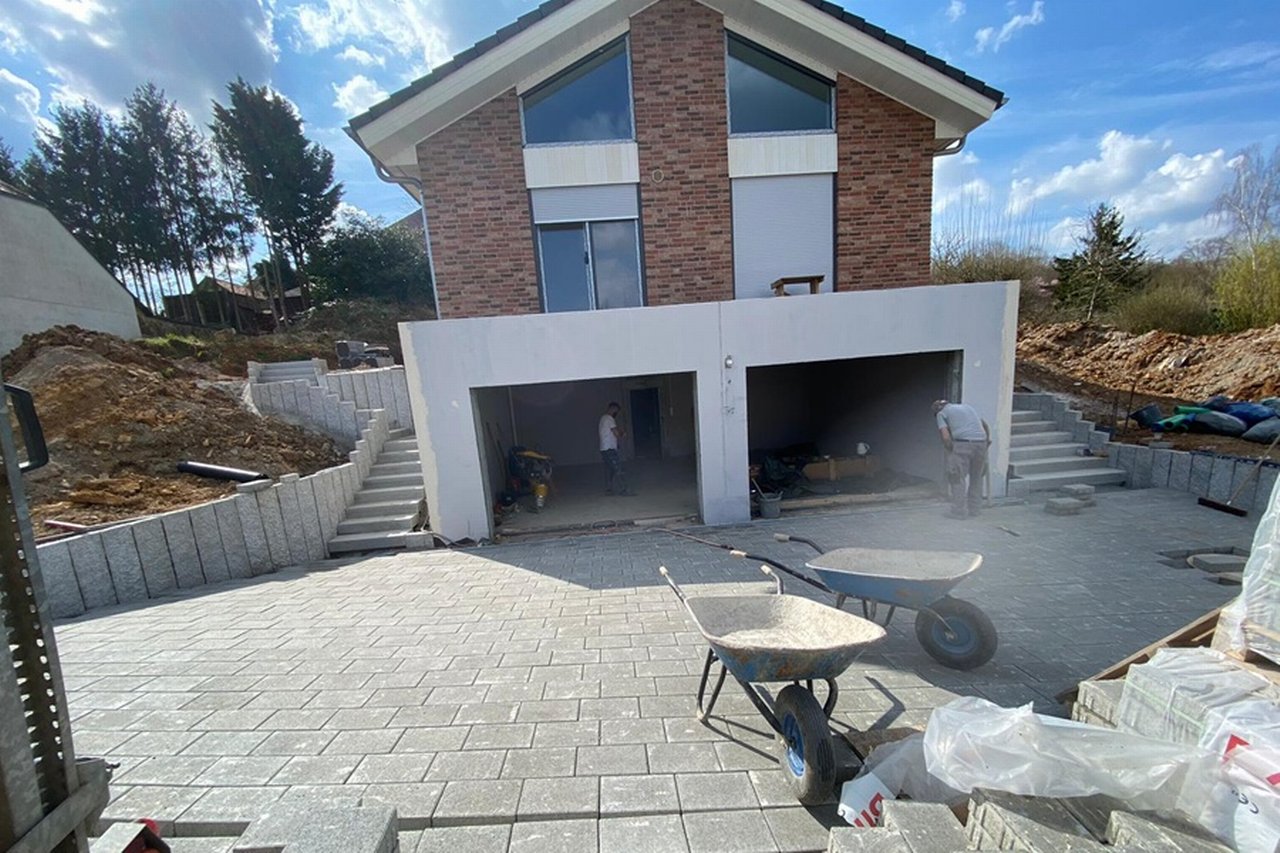
Christoper Miller’s house in-the-making
Saving money in the long term with a sustainable new build
Christopher Miller and his wife are still a long way from that kind of tropical diversity in their garden. But they are close to a house that optimally combines energy efficiency, living comfort and environmental protection. “As a practical person, I was convinced that it makes economic sense.” Christopher's calculation: “Building sustainably costs more at the beginning but saves energy and maintenance costs in the long term.”
Thanks to good insulation, the new build in Bavaria, Germany is classified as an energy-efficient house. Solar panels are connected to two large batteries, which first cover their own consumption and then feed surplus energy into the power grid. “We wanted to become independent of natural gas price fluctuations,” says Christopher. The Millers also use electricity instead of gas for cooking. And in addition to solar technology and insulation, roller shutters, curtains and a wood burner help to optimise their home's energy efficiency.
The garden is also intended to contribute to a better ecological balance in the long term – with a driveway made of water-permeable stones instead of concrete, and with regional plants that require little water and attract bees and butterflies.
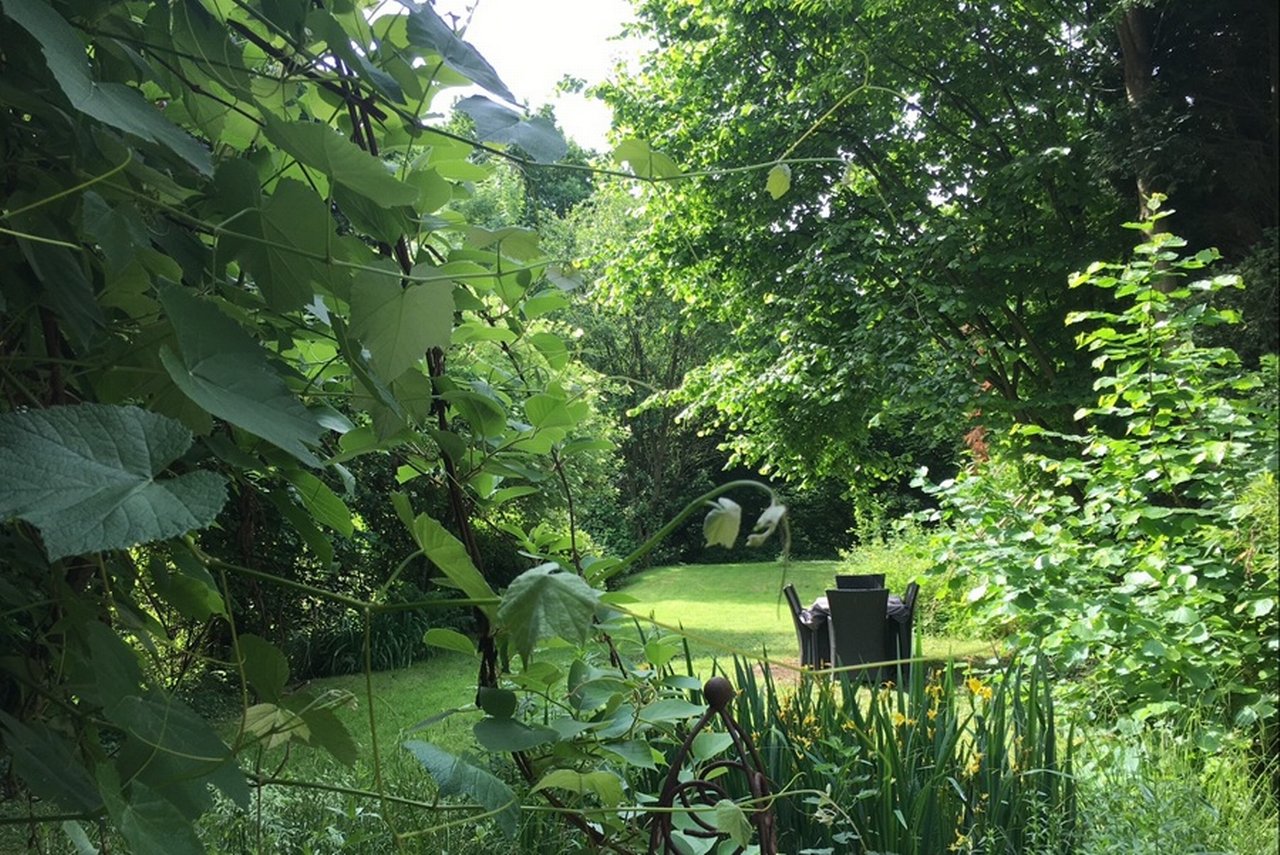
Oliver Spielmann's Garden
Renovating old buildings in harmony with the environment
Oliver Spielmann is also convinced that it is “important and right to protect nature as best as possible for a healthy living environment.” On his almost 3,000 square meter property, there are, among other things, up to 80-year-old birch, alder, and chestnut trees; deer, foxes, raccoons, and salamanders feel at home here. The change manager in the Chief Sustainability Office in Frankfurt has also created numerous watering holes for birds, two small ponds, bee hotels, and insect-friendly plants.
Oliver has put at least as much energy into renovating his residential house from 1912. When he moved in 25 years ago, it was important to him “to preserve as much of the old substance as possible and to supplement or replace it with natural materials such as wood or natural stone.”
So when replacing the old heating system with a gas condensing boiler, he did not simply dispose of the old oil tank, but had it cleaned – and has been using it for rainwater ever since. With the help of a domestic water supply system, the toilets can be operated and the garden watered in summer. To this day, Oliver is working on optimising the energy balance of his old building. The roof has now been newly fitted with efficient on-rafter insulation, and the solar system along with the battery storage has also just been installed.
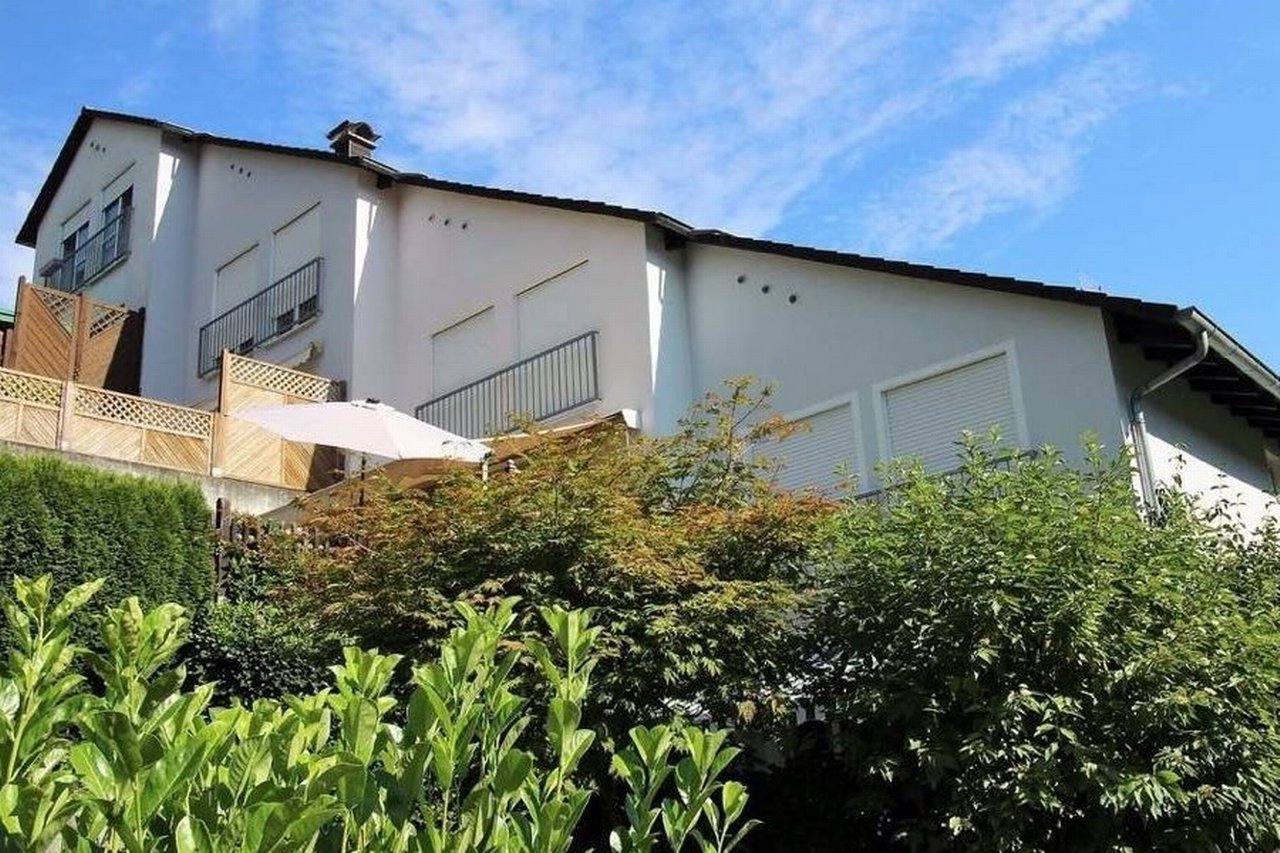
Janine Huss’s home in a row of terraced homes
Living with 100 percent green electricity
Janine Huss is also very aware that the choice of energy source has a great influence on her living footprint. The team leader in the Private Bank in Frankfurt heats her house on the hillside entirely with green electricity – in theory it’s carbon neutral. However, she consumed a lot of electricity last year, around 11,000 kWh in a year due to electric underfloor heating – and she wants to change that: “We now only switch on the instantaneous water heaters in the kitchen when we really need hot water.”
One thing that Janine believes would improve the energy balance of her house is a photovoltaic system on the roof. However, because the 30-year-old building belongs to a condominium owners' association, this is only possible with a majority decision – which some of the co-owners are skeptical of for cost reasons.
“We only have one planet”
Approximately 7,500 kilometers from Frankfurt, Ramalingam Sadasivan from Bangalore is also thinking about housing and climate protection. He is convinced that in a country as large as India, there are many meaningful and inspiring initiatives – but many people are not even aware of concrete measures they can take. The Project and Change Execution Manager at the Corporate Bank is already one step ahead: he cooks and washes with rainwater – and to heat it, he uses a solar water heater. Why does he go to the trouble? “We only have one planet!”
This page was published in November 2025.
“We only have one planet”
From new builds to century-old homes, Deutsche Bank employees around the world are showing how sustainable living starts at home. Whether it’s installing solar panels, using rainwater, or creating green spaces that cool their surroundings, they’re proving that climate protection can be part of everyday life. Their stories from Dublin, Frankfurt, Bangalore, and beyond show that small choices at home can make big difference for our planet.

Iclal Hamarat
… is convinced that sustainable building and living are among the most important factors for climate protection.
Recommended content
Responsible Growth | Expert View
How does sustainable building work? Sustainable building: It’s all about the right order
Housing crisis and climate change: The building sector drives CO₂ – refurbishment is key to making sustainable building a reality. Alf Meyer zur Heyde knows how.
How does sustainable building work? How does sustainable building work?Responsible Growth | Short & Crisp
Sustainable home financing over the decades Sustainable home financing over the decades
Deutsche Bank has been providing residential mortgages since 1968. Later, it began advising clients on energy saving concepts. Find out how else Deutsche Bank has been championing sustainable homes over the years.
Sustainable home financing over the decades A look into historyResponsible Growth | Crisp & Short
Beyond beauty: buildings that work for the planet Beyond beauty: buildings that work for the planet
From power-generating lifts in Frankfurt to an unexpected oasis in London – discover how the bank is helping shape the future of building and working.
Beyond beauty: buildings that work for the planet More than just a facade
